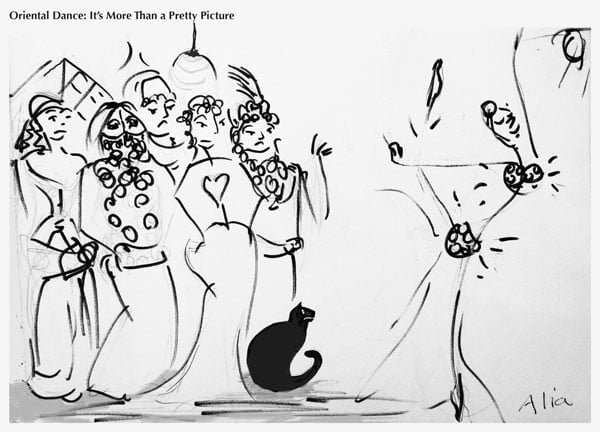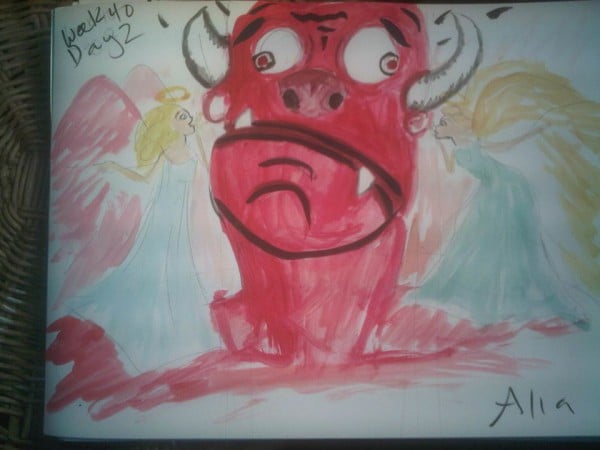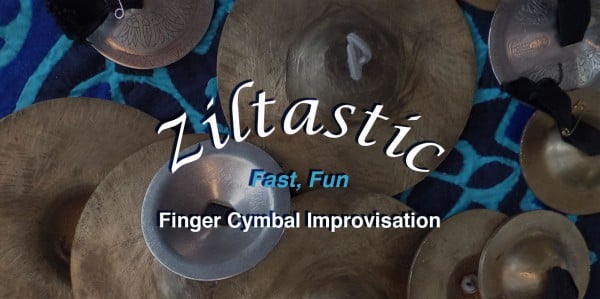Why Agriculturists Don’t Improvise (and Hunter-Gatherers do)
I discovered Hunter-Gatherers in a college anthropology class. Finally, everything made sense. Hunter gatherers don’t seek to control their environment–they map it. They know where and when the best mushrooms grow–just like I knew the roll of tape was on the floor behind the bathroom door. And they don’t dig up those mushrooms and plant them outside the hovel, either. Just like I never bothered picking up the tape and putting it away. I knew where it was.
In stark contrast are the Agriculturists. Their prime motivation is control of their environment and reduction of risk. Those people would dig up every single mushroom and plant it in their own yard. They collect seeds and hoard them for the spring. They do everything the same way every time, because one slip and their crops might fail. Their world could be lost. So they are careful.
While the agriculturists hoard and plan, hunter gatherers hold feasts and eat up everything in sight. More food will turn up sooner or later. If it doesn’t, well, they will be hungry and put a lot more effort into finding food. It is a boom and bust cycle, one that capitalizes on the seasons, the earth’s bounty, and the vagaries of chance.
In a hunter-gatherer society, risk has value. Boldness, experimentation, and innovation are survival skills.
Agriculturists, however, hate risk. They hate change. They hate mess. They color inside the lines. They walk out on stage with an entire routine scotch-taped to the inside of their forehead.
The ags have taken over the world. They have amassed its riches. They have rejected and oppressed everyone who is different from them, or used those folks to advance their own ends. War is not fought by the old–they send the young to do that for them. They send the adventurers out on adventures, and then rake in the cash when one hits it good. Sure they lose sometimes, but they are calculated risks. And that’s the important difference.
In the field of oriental dance, the ags have come calling big time. They have colonized my beloved dance form with their choreographies, group dances, naming, and owning. I reject all that.
I understand the allure. It makes things easier, it is fun, yadda yadda. But there is a dark side. It destroys the creativity and agency of the student. It values copying over feeling, and perpetuates insecurity, shame, and hierarchy. It is “Strictly Ballroom” all over again.
I don’t stand for any of it.
I stand for creativity and self-expression grounded in traditional oriental dance values. I stand for becoming our true selves in dance and in life. I stand for letting go of limiting beliefs, trauma, and shame and entering into the fullness of our potential.
And there is hope.
Many of the Agiculturist traits are the result of how we are raised. Most people aren’t raised to be artists. They are not raised to trust that everything will work out. To just show up. To say YES.
It’s scary to let go, to seize the moment when you have to double check every decision of your life.
It is a leap of faith to leave the safety net and take the risk of improvisation.
It may be hard at first. Learning can feel uncomfortable and scary. But, but, but–when you hang in there and have faith, when you embrace the challenge, when you let yourself feel the wonder of the wind in your hair…
You can do it.
You can fly.
Fly with me .




